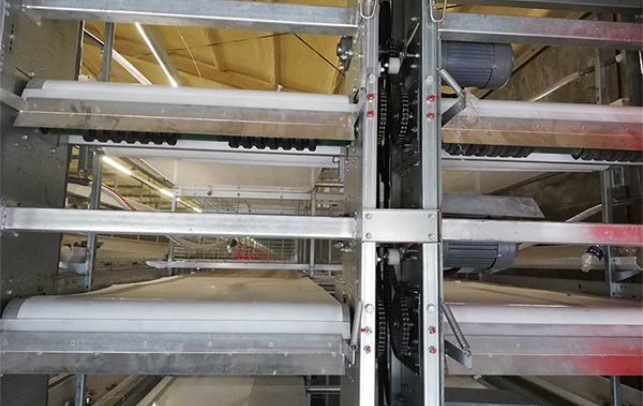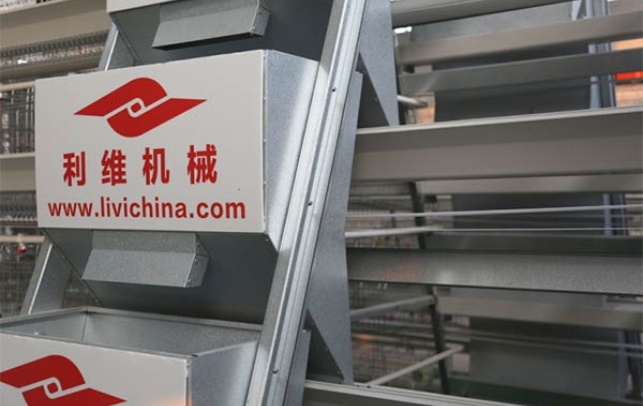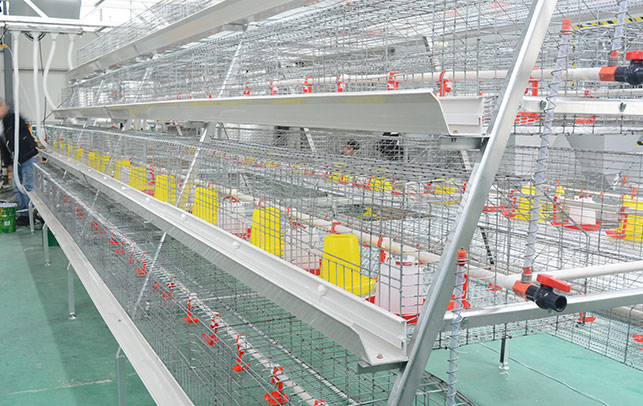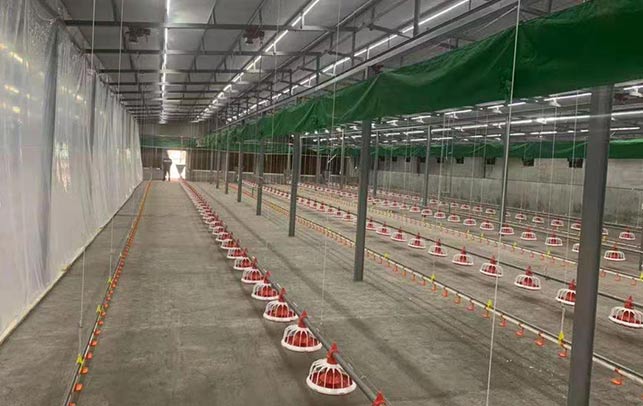Guide to Building a Modern Chicken Farm
Time : 2025-03-28
Are you planning to set up a modern chicken farm? That’s an exciting venture! Keeping chickens not only provides fresh eggs and organic meat, but also contributes to sustainable agriculture. With the right approach, you can create a profitable and eco-friendly chicken farm. In this guide, I’ll take you through the essential steps to build a modern chicken farm, ensuring it’s efficient, cost-effective, and sustainable.
Planning Your Chicken Farm
1. Choose the Right Location
Before you start building, it’s crucial to select the perfect location for your chicken farm. Consider the following factors:
– Proximity to Markets: Being close to markets can reduce transportation costs and ensure a steady supply of fresh eggs and meat.
– Accessibility to Resources: Easy access to water, electricity, and transportation are vital for the smooth operation of your farm.
– Zoning Laws: Ensure that the location complies with local zoning laws to avoid legal issues.
2. Define Your Farm’s Goals
Determine what you want to achieve with your chicken farm. Is it for commercial purposes, backyard farming, or hobby? Your goals will influence the size of your farm, the type of chickens you’ll raise, and the facilities you’ll need.
3. Design Your Farm Layout
Create a detailed layout of your farm. This includes determining the number of chicken houses, run sizes, and access points. Remember to incorporate areas for feed storage, waste management, and biosecurity.
Building the Infrastructure
1. Chicken Houses
The chicken houses are the core of your chicken farm. Consider the following factors when building them:
– Ventilation: Proper ventilation is crucial for maintaining a healthy environment for your chickens. Use natural and mechanical ventilation to regulate temperature and humidity.
– Flooring: Choose a flooring material that is easy to clean and disinfect. Options include wood chips, concrete, or rubber matting.
– Lighting: Opt for energy-efficient lighting to reduce costs while ensuring the well-being of your chickens.
2. Feed Storage
Store your feed in a dry, rodent-proof, and pest-resistant location. Implementing a system to prevent feed spoilage is essential to keep costs low.
3. Waste Management
Develop a waste management plan to handle manure and other by-products. Consider composting, selling to local farmers, or using it as a soil enricher.
Raising Chickens
1. Selecting Chicken Breeds
Choose the right chicken breeds for your farm based on your goals. For commercial purposes, breeds such as Leghorns, Brown Layers, and ISA Browns are popular for their high egg production.
2. Feeding and Watering
Provide a balanced diet that meets the nutritional needs of your chickens. Use fresh, clean water at all times. Implement a feeding and watering system that is efficient and easy to manage.
3. Health and Welfare
Regularly check your chickens for signs of illness. Vaccinate your flock to prevent common diseases. Ensure your chickens have access to shade, clean bedding, and comfortable temperatures.
Managing Biosecurity
Biosecurity is crucial to protect your chickens from diseases and maintain a healthy flock. Implement the following practices:
– Sanitation: Clean and disinfect chicken houses, equipment, and feed storage areas regularly.
– Isolation: Isolate new birds from the existing flock to prevent the introduction of diseases.
– Pest Control: Implement a pest control program to minimize the risk of rodents and other pests.
Marketing and Selling Your Products
1. Develop a Brand
Create a unique brand for your chicken farm. This includes a logo, tagline, and marketing materials. A strong brand helps differentiate your products in the market.
2. Identify Your Target Market
Understand your customers and their needs. This will help you tailor your marketing strategy and product offerings.
3. Expand Your Sales Channels
Explore various sales channels, including direct-to-consumer markets, local grocery stores, and online platforms. Diversifying your sales channels can increase your revenue and market reach.
Conclusion
Building a modern chicken farm is a rewarding endeavor. By following this guide, you’ll create an efficient, cost-effective, and sustainable farm that can generate substantial income. Remember to plan carefully, invest in quality infrastructure, and prioritize the health and welfare of your chickens. With dedication and perseverance, your chicken farm will thrive!











